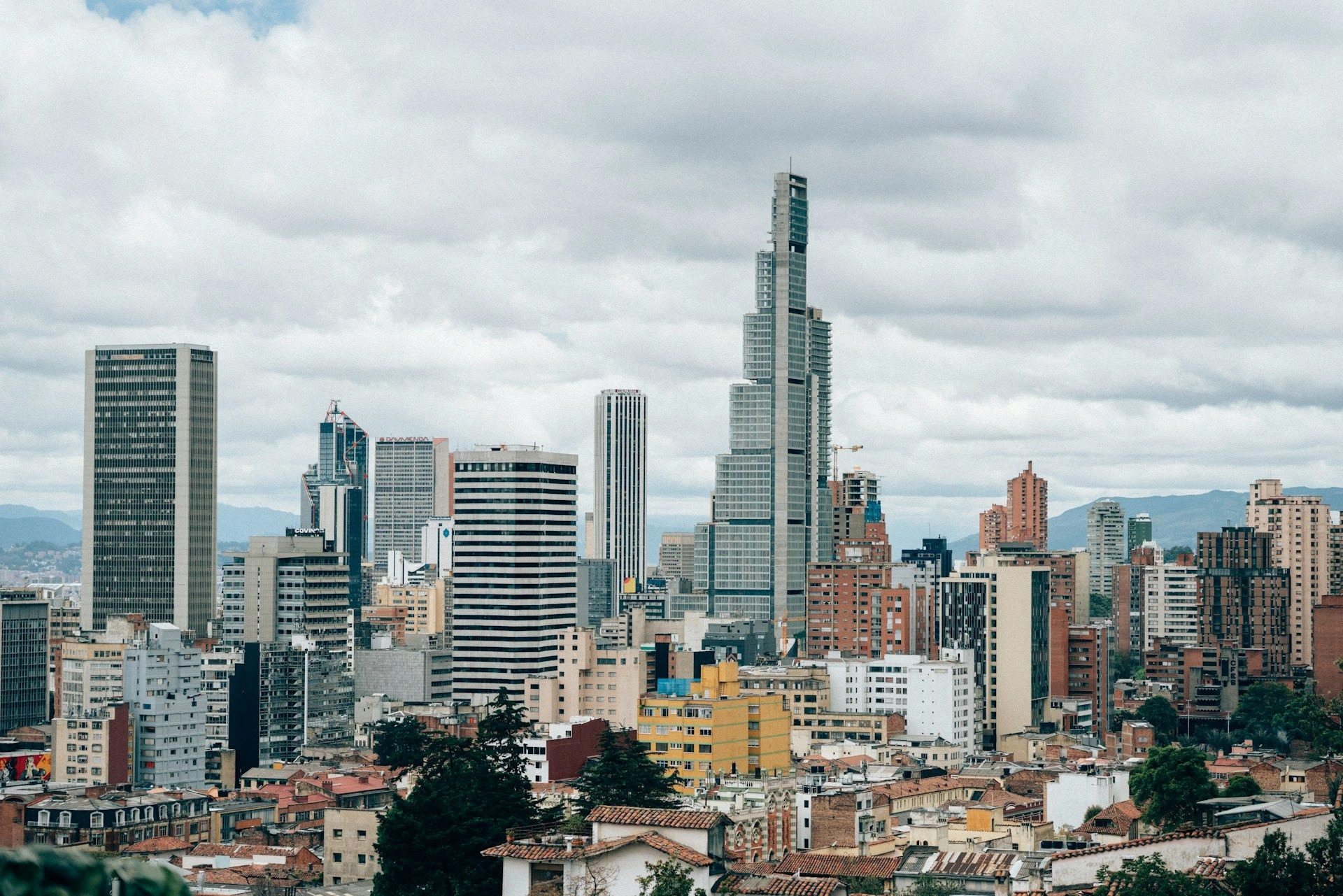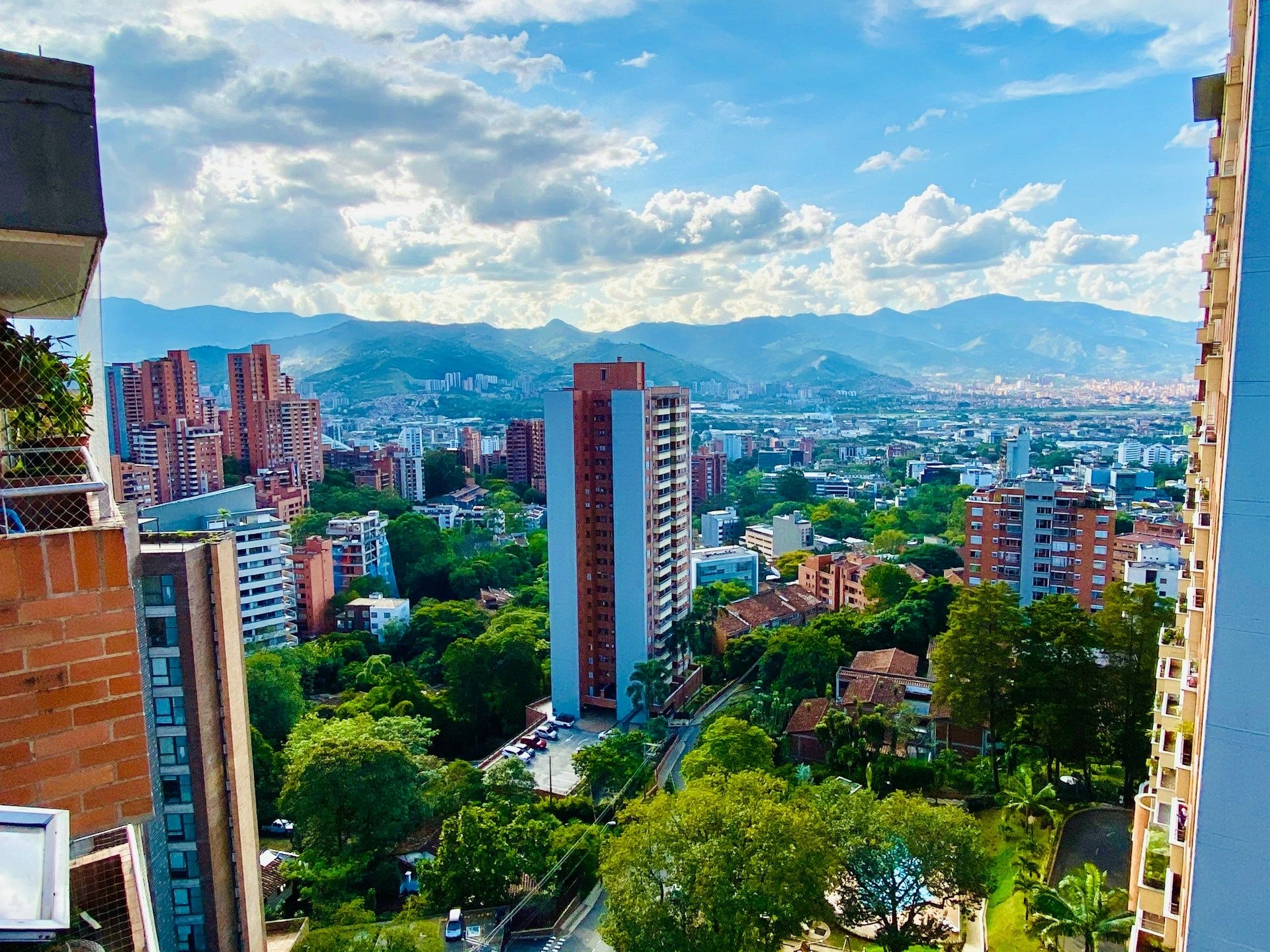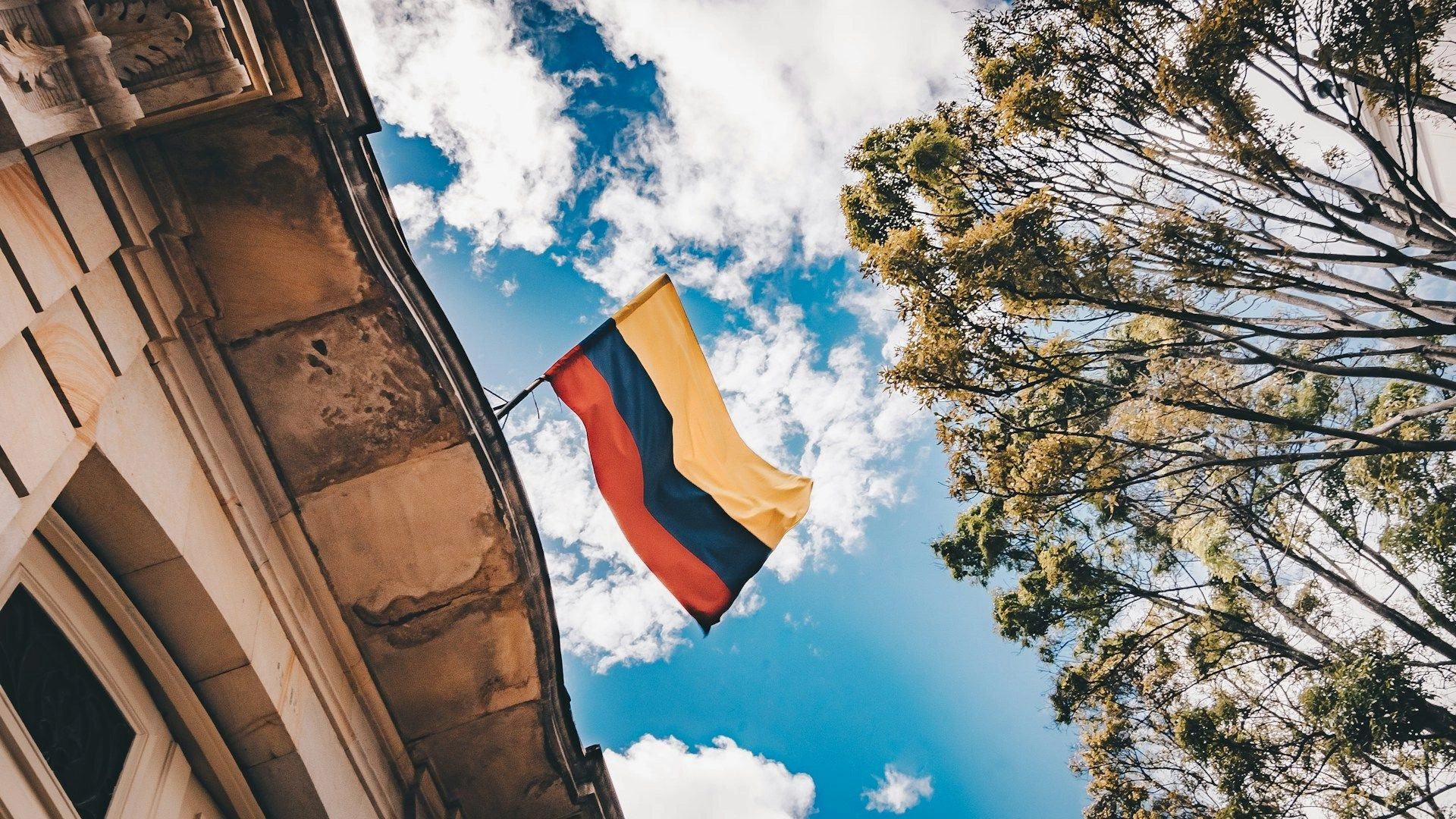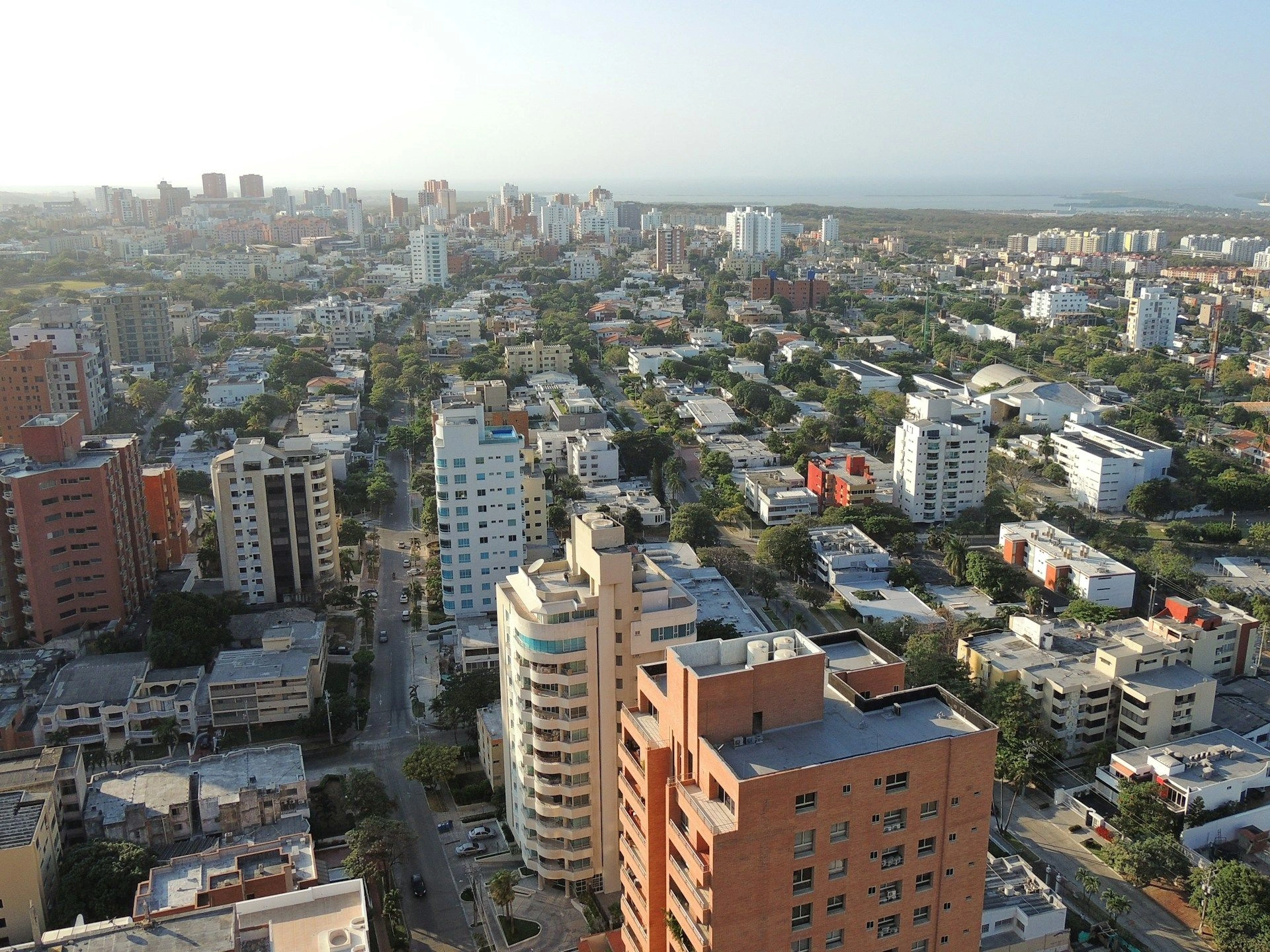Browse Secondary Homes in ColombiaTurnkey coastal mountain homesensure reliable market stability
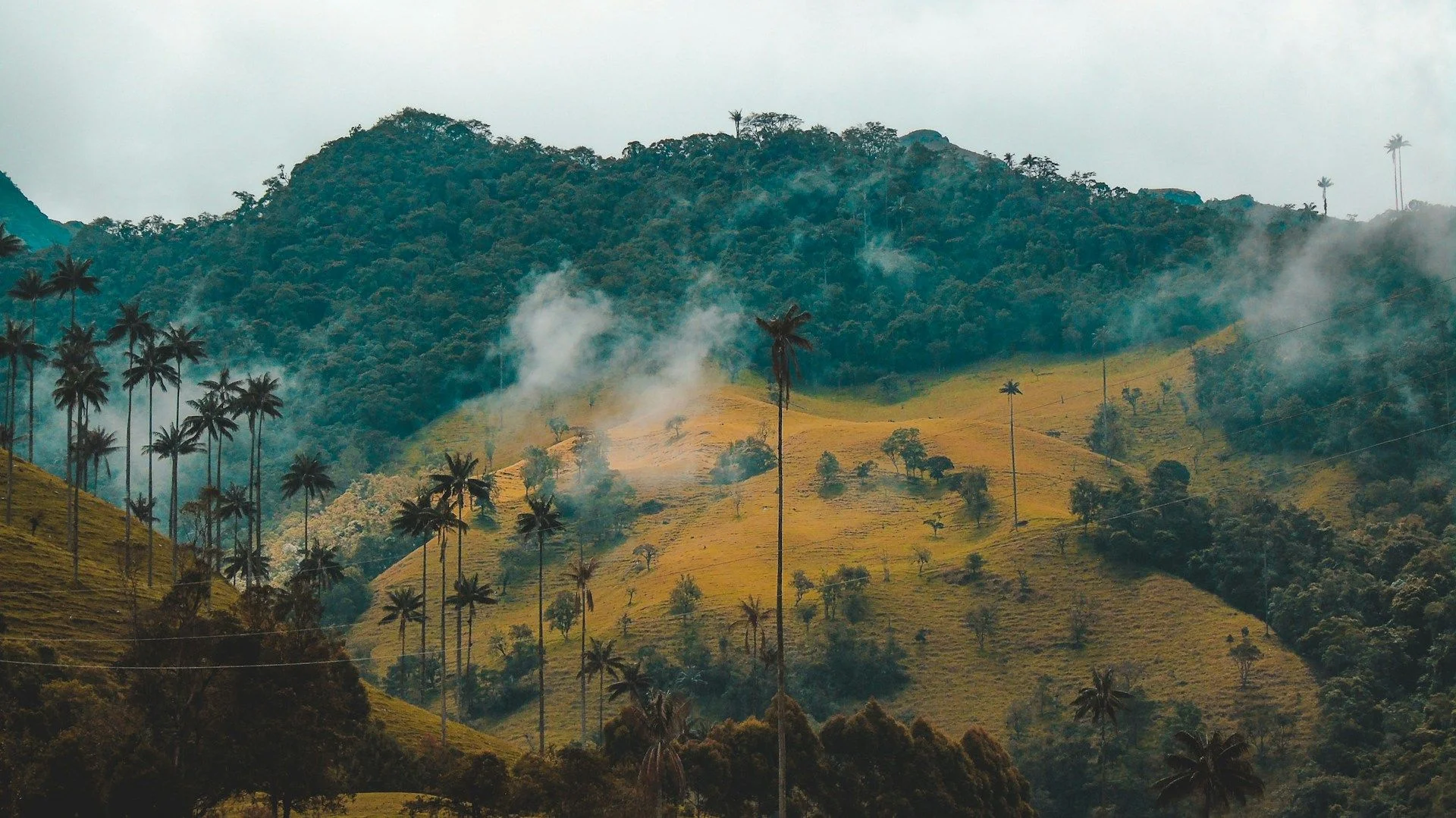
Popular
cities and regions in Colombia
Best offers
in Colombia
Benefits of investment in
Colombia real estate
Move-In Ready Homes
Secondary homes in Cartagena, Medellín, and Bogotá come fully renovated with modern kitchens, energy-efficient glazing, updated plumbing, and electrical systems, enabling immediate occupancy or rental income. Turnkey readiness reduces holding costs and accelerates cash flow.
Mature Infrastructure
Neighborhoods such as El Poblado, Laureles, and La Candelaria benefit from reliable municipal water, stable power grids, paved roads, and efficient public transport, ensuring seamless living. VelesClub Int. confirms infrastructure maturity to minimize additional investments.
Proven Rental Yields
Colombia’s secondary market delivers documented rental yields of 5%–7% annually across diverse regions from coastal Santa Marta to highland Manizales, supported by stable tenant demand and exit strategies refined by VelesClub Int.
Move-In Ready Homes
Secondary homes in Cartagena, Medellín, and Bogotá come fully renovated with modern kitchens, energy-efficient glazing, updated plumbing, and electrical systems, enabling immediate occupancy or rental income. Turnkey readiness reduces holding costs and accelerates cash flow.
Mature Infrastructure
Neighborhoods such as El Poblado, Laureles, and La Candelaria benefit from reliable municipal water, stable power grids, paved roads, and efficient public transport, ensuring seamless living. VelesClub Int. confirms infrastructure maturity to minimize additional investments.
Proven Rental Yields
Colombia’s secondary market delivers documented rental yields of 5%–7% annually across diverse regions from coastal Santa Marta to highland Manizales, supported by stable tenant demand and exit strategies refined by VelesClub Int.

Useful articles
and recommendations from experts
Unlock Prime Secondary Real Estate in Colombia
Why secondary properties attract buyers
Secondary real estate in Colombia attracts both domestic and international buyers who prioritize immediate occupancy, cultural character, and measurable financial performance. Pre-owned homes and apartments across major urban centers come with proven utility connections—reliable potable water from Empresas Públicas de Medellín (EPM), stable electricity supplied by XM, and fully functional sewage systems—eliminating the service-activation risks seen in off-plan developments. Many properties boast traditional Colombian architectural details such as high ceilings, Spanish colonial facades, colorful terrazzo flooring, and internal patios, while their interiors have been comprehensively modernized with energy-efficient glazing, designer open-plan kitchens, contemporary bathrooms, and reinforced structural elements. This true turnkey readiness reduces carrying costs and accelerates both rental and owner-occupancy plans, enabling investors to realize value from day one.
Transparent transaction histories maintained by Colombia’s Registraduría Nacional del Estado Civil and Cámara de Comercio registries provide precise benchmarks for accurate market valuation and risk assessment. Buyers leverage extensive public sale data, professional appraisals, and historical price trends to underwrite investments with confidence. Additionally, mature service ecosystems—including professional property management firms, reliable local maintenance networks, and active homeowners’ associations—ensure consistent building upkeep and tenant satisfaction. With documented average net rental yields of between 5% and 7% annually in core markets, and steady demand from expatriate executives, university students, and growing domestic middle-income households, secondary acquisitions in Colombia deliver both lifestyle appeal and predictable returns underpinned by robust market fundamentals and expert advisory from VelesClub Int.
Established neighbourhoods
Colombia’s secondary market is anchored by a collection of well-developed neighbourhoods, each offering distinct lifestyle and investment advantages. In Bogotá, La Candelaria’s historic district features renovated colonial-era flats overlooking the Plaza Bolívar, while the upscale Usaquén quarter combines restored townhouses and modern condominiums near gourmet restaurants and artisanal markets. The financial district in El Chicó and Parque de la 93 hosts high-rise apartments with turnkey finishes, panoramic city views, and easy access to major business hubs. Medellín’s El Poblado is synonymous with post-modern apartment buildings and gated communities, prized for their proximity to industry parks, luxury retail, and Parque Lleras nightlife. Nearby Laureles delivers mature apartment blocks and refurbished homes amid tree-lined streets and university campuses.
Cartagena’s walled city, a UNESCO World Heritage Site, anchors the coastal secondary market with heritage homes converted into luxury flats with modern amenities such as rooftop terraces and sea-view balconies. In Cali, the Granada neighborhood blends mid-century villas and low-rise apartment buildings fully modernized with contemporary kitchens and smart-home systems, attracting university faculty and expatriate professionals. Barranquilla’s Alto Prado and Castillogrande districts deliver turnkey condos near the Magdalena River and commercial corridors. Even emerging pockets in cities like Bucaramanga’s Cabecera and Pereira’s Circunvalar see value-add opportunities in older post-war blocks, repurposed into modern rental apartments, driven by infrastructural upgrades and commuter rail expansions. Across all these sectors, established civic services—piped water, reliable electricity, sealed roads, and public transport networks—are fully operational, ensuring minimal post-purchase upgrades and seamless integration into community life.
Who buys secondary real estate
The buyer profile for Colombia’s secondary market is remarkably diverse, encompassing multiple demographic and socioeconomic segments. Local families and civil servants often acquire turnkey three- and four-bedroom flats in trusted school catchments such as Bogotá’s Chicó and Medellín’s Envigado, prioritizing immediate usability, stable neighbourhood networks, and reliable amenity access. University students and academic staff at institutions like Universidad Nacional and Universidad de Antioquia opt for compact studios and one-bedroom apartments in proximity to campus precincts and public transport lines. Expatriate professionals in industries such as energy, telecommunications, and finance favor modern serviced apartments and gated complexes in central business districts of Bogotá, Barranquilla, and Bucaramanga for security, concierge services, and corporate leasing arrangements.
Tourism and hospitality investors acquire heritage homes and multi-unit flats in coastal destinations including Cartagena, Santa Marta, and Barranquilla’s waterfront areas, leveraging short-term rental platforms and seasonal demand. Diaspora investors from North America, Europe, and Asia pursue portfolio diversifications by purchasing multi-unit blocks in Medellín’s Laureles or Pereira’s downtown corridor, backed by documented yield analyses and exit-strategy planning from VelesClub Int. Additionally, retirees and remote-working professionals choose garden apartments and condominium units in quieter enclaves like Manizales and Armenia, favoring scenic views, lower premiums, and stable climate—underscoring the breadth of buyer motivations within Colombia’s secondary real estate landscape.
Market types and price ranges
Colombia’s secondary real estate spectrum caters to a wide range of budgets and investment objectives. Entry-level offerings include studio flats and one-bedroom apartments in peripheral sectors and suburban corridors—such as Bogotá’s Kennedy district and Medellín’s Itagüí—starting from approximately USD 50,000 to USD 100,000. These units feature basic modern finishes, communal gardens, and proximity to TransMilenio or Metrocable stations. Mid-range segments encompass two- to three-bedroom flats and townhouses in neighbourhoods like Barranquilla’s Alto Prado and Cali’s Ciudad Jardín, trading between USD 120,000 and USD 250,000. Such properties often incorporate designer kitchens, upgraded bathrooms, secure parking, and partial water tank reserves.
Premium tertiary market assets include heritage penthouses and riverfront villas in Cartagena’s Centro Histórico, commanding USD 300,000 to over USD 800,000 based on plot size, finishing grade, and ocean or city skyline vistas. High-end units in Bogotá’s Rosales and Medellín’s El Poblado can exceed USD 1 million for full-floor apartments with concierge-level services and amenity decks. For institutional and yield-driven investors, multi-unit residential blocks (4–8 units) in central Medellín, Bogotá, and Barranquilla list from USD 400,000 to USD 1.2 million, delivering diversified income streams and scale economies. Colombian banks—Bancolombia, Davivienda, and BBVA—offer mortgage packages at competitive rates of 6%–9% annually, typically requiring 20%–30% down payments. Documented net rental yields across prime districts average 5%–7% per annum, providing clear benchmarks for cash-flow modelling and portfolio construction by VelesClub Int.’s advisory teams.
Legal process and protections
Purchasing secondary real estate in Colombia follows a transparent legal framework under the Ley 27 de 1990, Ley 1579 de 2012, and Decree 2820 of 2013, ensuring stakeholder protections throughout conveyancing. Transactions begin with a Letter of Intent (Carta de Intención) and negotiation of the Protocolo de Compraventa, including a binding reservation deposit. Buyers commission due diligence: a Certificado de Tradición y Libertad from the Oficina de Registro de Instrumentos Públicos to verify title and encumbrance history, cadastral plan reviews, and construction licensing compliance. Mandatory technical inspections include structural assessments, termite surveys, and utility system testing by certified engineers.
Upon satisfactory review, parties execute the Escritura Pública before a registered Notary (Notaría), triggering payment of transfer tax (Impuesto de Registro) typically 1% of the sale price, plus notarial and registry fees. The new title is then registered at the Oficina de Registro, granting formal state recognition and public notice. Foreigners face no ownership restrictions for residential property but must present proof of legal income sources and adhere to FATCA and CRS requirements for cross-border remittances. Colombia’s Civil Code provides implied warranties for latent defects up to two years post-sale. VelesClub Int. orchestrates comprehensive legal coordination—due diligence management, document drafting, notarial liaison and registry filings—ensuring full regulatory compliance and a seamless closing for both local and international buyers.
Best areas for secondary market
Several Colombian locales stand out as prime secondary-market hotspots based on transaction volumes, infrastructure maturity and rental performance. Bogotá’s north zone, including Usaquén, Chicó, Rosales and Chapinero Alto, remains a perennial favourite for families and high-net-worth investors seeking luxury condos, gated homes, and immediate amenity access. Medellín’s El Poblado, Laureles, and Envigado deliver turnkey apartments and townhouses with stable expat and corporate tenant pools. Cartagena’s walled city, Bocagrande and Castillogrande offer heritage flats and sea-view penthouses commanding strong seasonal short-term yields.
Cali’s Granada and Ciudad Jardín neighbourhoods attract a mix of local professionals and expatriate educators, while Barranquilla’s Alto Prado, Villa Santos and Riomar precincts deliver stable long-term rentals near riverwalks and business districts. Emerging markets in Bucaramanga’s Cabecera, Pereira’s Circunvalar and Manizales’ Chipre present value-add opportunities in older appartments primed for renovation-driven yield enhancement. Additionally, smaller growing cities like Bucaramanga, Montería and Santa Marta provide lower-entry-point secondary prospects with promising tourism-driven and student-housing submarkets. VelesClub Int.’s proprietary neighbourhood scoring and extensive field research guide clients to sub-markets that best align yield potential, capital-growth forecasts and lifestyle preferences within Colombia’s diverse real estate ecosystem.
Why choose secondary over new + VelesClub Int. support
Opting for secondary real estate in Colombia offers distinct advantages over new-build projects: immediate possession, established utility networks and documented historical performance. Buyers avoid permitting delays, cost overruns and uncertain delivery schedules by selecting turnkey assets with mature infrastructures and proven track records. Secondary properties often showcase unique architectural details—colonial balconies, original hardwood flooring, decorative tilework—that new constructions cannot replicate, enhancing cultural authenticity and long-term desirability. Lower entry premiums compared to off-plan offerings free capital for interior personalization, smart-home upgrades or strategic portfolio diversification across multiple cities and neighbourhoods.
VelesClub Int. elevates this acquisition journey with comprehensive end-to-end expertise: sourcing exclusive off-market listings, conducting exhaustive due diligence, negotiating optimal terms and managing all legal formalities. Our post-closing property management solutions—tenant placement, preventive maintenance coordination and transparent performance reporting—optimize occupancy rates and preserve capital value. Through ongoing portfolio monitoring, annual market reviews and strategic advisory, VelesClub Int. empowers clients to maximize Colombia’s secondary real estate potential with clarity, confidence and operational efficiency.
